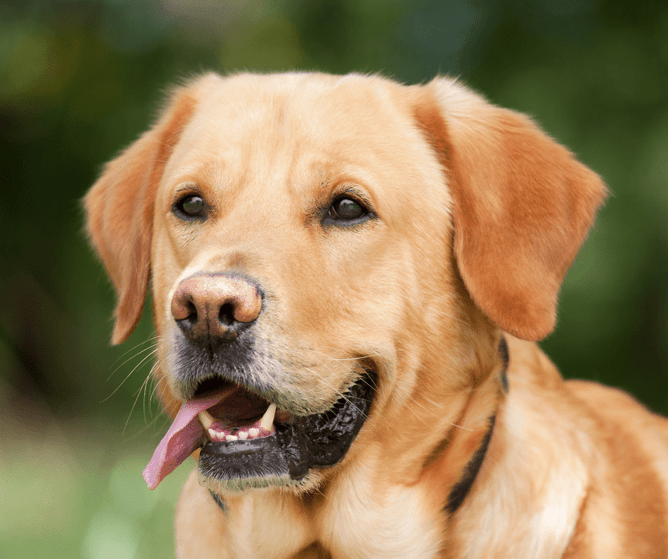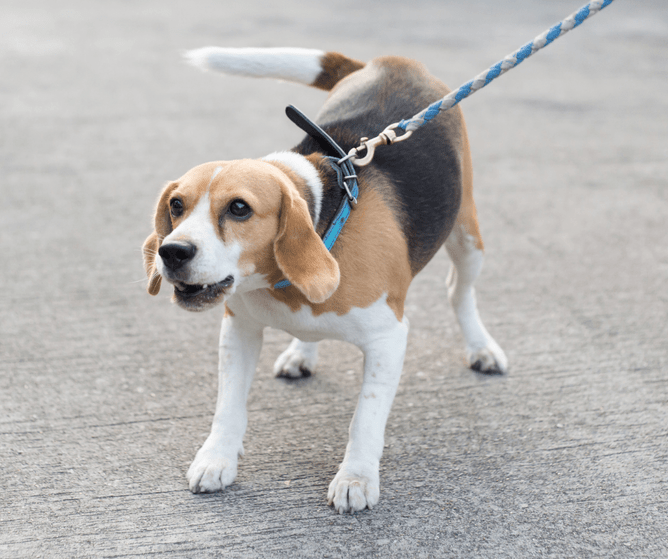Trigger Stacking
What is a trigger?
A trigger is defined as ‘An event, person, or animal, noise or other factor that leads to an undesired or abnormally large reaction. If your dog barks at white dogs then white dogs would be considered to be triggers for your dog reaction.’ (Stewart 2016)
You can also say that a trigger is an addition to the environment that causes a dog to increase their awareness, fear, or reactivity.
So it may not necessarily be ‘stressful’ in your mind, but it is to your dog. For example, a guest staying at your house, or changes in routine. These can still be triggers to some dogs.
What is trigger stacking?
Trigger stacking is defined as ‘Stress accumulation due to exposure of multiple triggers, either simultaneously or close enough in time that the dog’s reactivity has not returned to normal. For example if a sound sensitive dog who’s afraid of children hears a loud crash before he sees a child, he is more likely to bite than if he had met the child under calmer circumstances.’ (Stewart 2016)
If we use the example of a children’s birthday party - while it is lots of fun, often parents and children are exhausted and over tired towards the end, resulting in cranky children and parents! This is a good example of how layers of happy activity (and sensory overload), can add to stress reactions.
Think of a bad day you have had. You sleep through your alarm, you don’t have time for breakfast which makes you hungry, and your meetings at work go overtime, your boss add more tasks to your workload. By the time you get home, if the kids ask what’s for dinner, you are more likely to have a stress reaction, perhaps snapping back at them. All they asked was what was for dinner – but that was enough to tip you over the edge.
He never usually does that!
You may have seen on occasions that your dog may have an unusual reaction to a trigger which they hadn’t had before. This may be trigger stacking in play. For example, you walk your dog and pass several dogs with no issues, then on the 4th dog you pass, your dog reacts. Seeing the 3 dogs before caused a stress accumulation leading to a reaction.
Breaking point
Every dog (and person) has their breaking point. With dog training, the aim is to be mindful of your dog’s triggers, and keep them from accumulating.
Couch days and rest days can help (read about Adrenalin and Couch Days).
How to deal with trigger stacking calmly (if it occurs)
Remove your dog as quickly and calmly as possible, create distance from the trigger.
Don’t worry about any ‘obedience exercises’ or asking your dog to do something as it can inadvertently add more stress.
Try a find it game/ scatter feed (if your dog is unsure, nose to the floor)
For help with understanding your dog's behaviour, get in touch with us today!
References and further reading
McMullen, D (n.d) “He Never Does That” Positively, USA Online at https://positively.com/contributors/he-never-does-that/
Stewart, G (2016) Behavior Adjustment Training 2.0 : New Practical Techniques for Fear, Frustration, and Aggression in Dogs, Dogwise, USA


